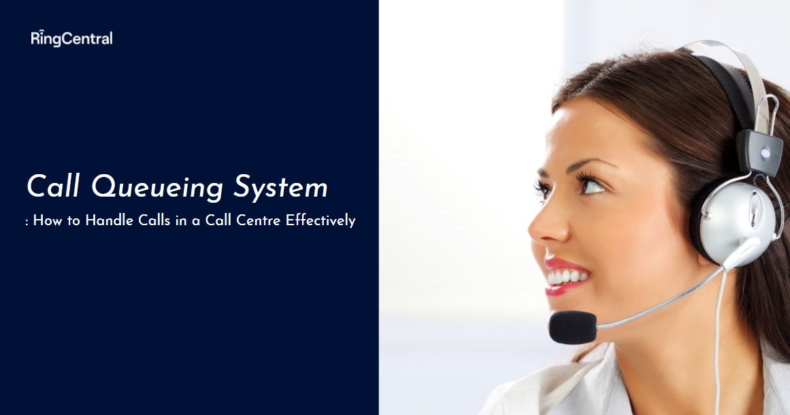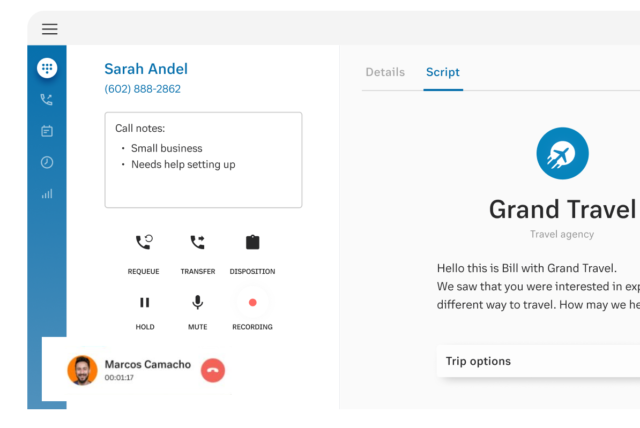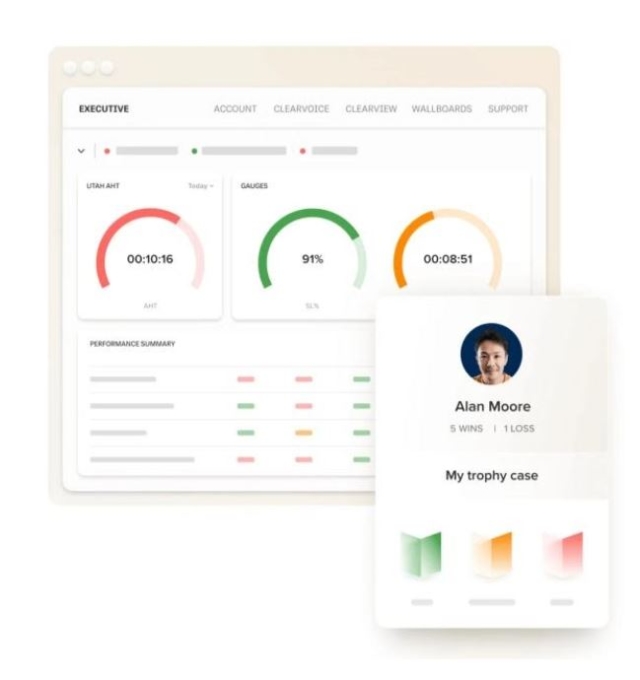According to the stereotype, British folk love an orderly queue. However, not many of us can say we enjoy being on hold, in an indefinite line of people, waiting for a customer service agent in a call centre to pick up.
We’d go as far as to argue that being in line on the phone to talk to a customer service representative is one of the most annoying experiences around. Especially if the business’ phone system call queueing features on-hold music that’s seemingly designed to drive customers to distraction.
One of the biggest annoyances about call centre queues is being on hold for an unknown amount of time. To improve customer satisfaction levels in your call centre, call queuing is one of the first places to start and can drive huge improvement.
This article will demonstrate how to handle your incoming call centre’s calls for maximum efficiency, together with the tools you’ll need for the job. No queueing required.
The reasons for long call queues in call centres
First up, let’s examine the reasons behind long call queues in call centres, then discuss the best way to address them.
Unsuitable call centre software
Typically, outdated call centre software does not deliver efficient call centre operations.
On the other hand, a communications system based on skills-based routing connects customers with the right agents quickly. Intelligent call centre routing solutions also enable self-service options that allow customers to find their own answers if appropriate.
Pro tip: Make sure there’s always an option for customers to switch and speak to a live agent during the phone call to keep satisfaction levels high.
Understaffed customer service departments
You’ll also need to ensure your call centre has sufficient staff members to handle the daily number of customer calls.
You can effectively counteract this scenario by analysing the number of calls per day your business receives. You’ll then be better able to manage staff scheduling accordingly. The straight to voicemail effect when calling your business’ phone number is not something any customer wants to experience. Pro tip: If you’re aware you’re understaffed, consider adding messages for on-hold customers advising them of other options for communication. For example, if you offer support via your website or social media, inform them of these extra channels.
Old and outdated technologies
Legacy tech can also pose a problem. Luckily, there are many technologies available to upgrade the customer experience in a call centre.
VoIP (Voice over Internet Protocol) phone solutions, call routing, call recording, efficient call queueing, call monitoring, power diallers add to call centre operations.
By implementing new technologies, call flow and call forwarding functionalities are guaranteed to make your call centre run more efficiently during business hours.
Pro tip: Configure different on-hold messages to provide valuable information for customers on hold. Depending on your business’ average call centre wait time, you may need longer or shorter messages. Real-time call queue data using inbound call analytics can assist with this.
Peak seasons
Your call centre will naturally have peak times when call volumes are higher than usual. This may be linked to eCommerce flash sales or seasonal trends, for example.
Manage these scenarios by analysing previous patterns of customer call behaviour and setting trained staff in place accordingly to avoid long call queues.
Pro tip: Include recorded messages with approximate wait times so customers stay informed while in a call queue. Some communications solutions have the ability to offer customer callbacks when the next available agent and phone line is ready. These options deliver added value for customers.
Untrained staff
This is a key issue that contributes to customer frustrations when stuck in call queues. You can understand the irritation when they finally get through to a representative – only to speak with someone who can’t solve their problem.
Relevant training should always be delivered to ensure agents have sufficient skills for their job. Doing so minimises customer irritation and helps to develop a better image for your business.
Pro tip: Take the time to check each agent’s training is on track to deliver the best customer experience. Onboarding staff should be thorough, with standard procedures detailing that staff members may only take live calls once they’re fully trained.
The benefits of having a call queueing system
Now, let’s explore four of the benefits of a call queueing system for your call centre business. Remember, when you manage to reduce queue sizes, you take a major step toward improving your business operations and brand reputation.
With a call queueing system, queue times can be managed swiftly, hold times reduced, customer support enhanced and incidences of that dreaded engaged tone or dire hold music minimised.
1. Less call waiting time
A call queuing system manages calls more efficiently and can reduce call waiting time. You can route calls based on the capacity of agents, as well as their availability and skill set.
Customers are therefore connected to relevant customer service representatives more quickly. You’ll also find you have fewer customers hanging up due to running out of patience with long wait times.
2. Enhanced customer service
Integration of call centre software with CRM systems enhances customer service too. When agents have an understanding of each customer and their history with your business, they’re better able to deliver exceptional service.
Customers feel understood and valued by your business, which leads to repeat custom and more sales overall.
3. A reduced average call handling time
Calls are also more often resolved on first contact with call queuing systems. First-contact resolution is the gold standard centres should strive for, and it’s far more achievable with call queueing and the right software in place.
Being connected to the best agent for the customers’ needs, without first being moved from one department to another, supports the swifter resolution of issues and better customer service.
4. Increased productivity
Call queuing functionality includes information about each caller, so agents are prepared in advance of their next call. Having these insights makes calls faster and paves the way for a potential increase in calls, and ultimately, more sales.
Features in call centres such as interactive voice responses, auto attendants and IVR work together to drive business productivity.
Communications solutions like call queueing and call routing reduce the burden on individual call centre agents. Instead of manual call routing, this automatic call distribution works to increase business productivity and reduce stress on call centre staff.
Getting started with a call queueing system
If you’re in the market for a call queueing system, look for solutions that integrate reporting and analytics tools for targeting key metrics. These insights will help with training agents and deliver valuable information on their performance, call handling, caller experience and history with your company.
You should use customer journey analytics to understand at which stage customers are dropping off in their calls. Understanding the customer journey enables you to boost queue management operations, so you can optimise each step and improve the overall caller experience.
Implementing a call queueing system into your business’ call centre will undoubtedly speed up operations and help you to deliver a better experience for customers. Maximising conversions and sales, enhancing customer service and making calls more successful, what’s not to like?




